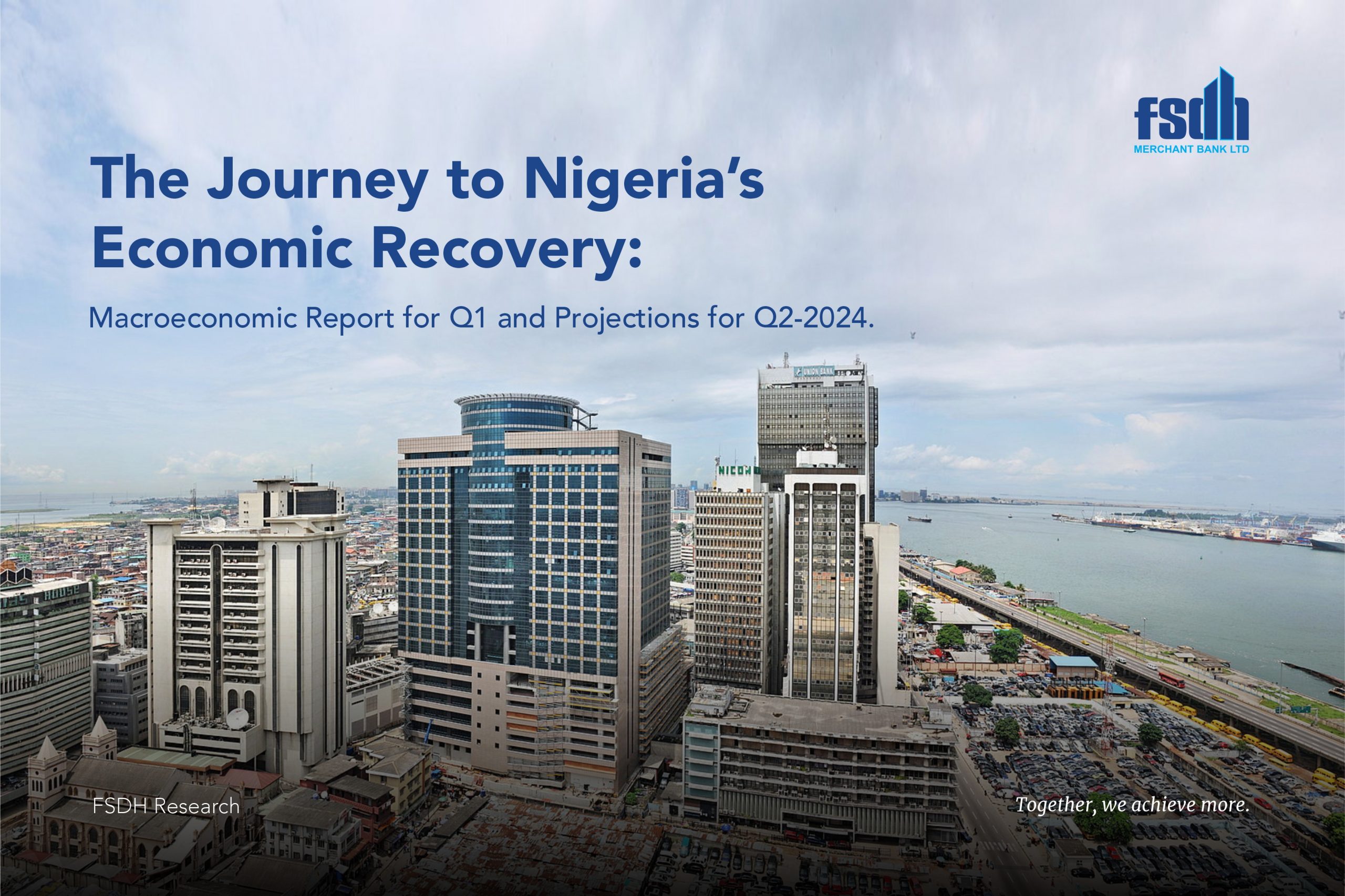This is an op-ed. For a comprehensive overview of our macroeconomic report, please click here.
The Nigerian economic landscape in Q1 2024 was characterized by several happenings, from the highs of growth to the challenges of inflation.
In February 2024, Nigeria experienced its highest inflation rate in over 27 years, hitting 31.7%. The prices of goods surge to unprecedented levels, creating ripples across the economy. This surge was largely influenced by many factors including currency depreciation, sluggish agricultural productivity, and increased transport costs due to fuel subsidy removal and regional instability. These developments underscore the significant impact of non-monetary elements on Nigeria’s inflationary trends. All of these painted a grim picture of economic instability.
In response to these challenges, concerted efforts by the apex government’s economic team are underway. The Central Bank is diligently working to ensure transparency and stability in financial operations while endeavoring to mitigate the long-term impact of price hikes. Simultaneously, governmental initiatives are focused on curbing oil theft, enhancing domestic refining capacities, and fostering year-round food production to alleviate pressure on consumers.
However, addressing these economic complexities calls for a unified approach. Monetary authorities and policymakers must collaborate to ensure sustainable growth. This would involve prudent fiscal management, bolstering exports, revamping critical sectors, and tackling security concerns to foster an environment conducive enough for economic prosperity.
Another angle to give attention is the financial services sector, particularly the regulatory actions in the lending space. In Q1 2024, some challenges persist in the lending sector, with increased Cash Reserve Ratio (CRR) constricting banks’ lending capacity, thus impacting economic growth in the short term. CRR was increased from 32.5% to 45%, while the monetary policy rate (MPR), which benchmarks interest rates, was increased from 18.75% to 22.75%.
Expert insights shed light on the policies driving these changes. The Monetary Policy Committee’s (MPC) decision to raise rates aims at price stability amidst escalating inflation. However, concerns arise from fluctuating decisions on the asymmetric corridor, necessitating clear explanations. The higher CRR may slow credit growth, emphasizing the need for collaborative efforts between fiscal and monetary authorities.
On the path to stability, recent FX reforms have yielded positive outcomes, with reduced Naira volatility and appreciation against the dollar. Continued reforms, coupled with high interest rates and improved oil production, are expected to stabilize the FX market.
One can project that despite the turbulence, there is still some glimmer of hope because these reforms have contributed a semblance of stability in the FX market, offering a ray of optimism for investors and consumers alike. With concerted efforts and strategic interventions, it looks like the stage is set for gradual recovery and sustainable growth.
Analyst projections paint an optimistic picture, forecasting a 2.98% GDP growth in 2024, supported by reforms and improved oil sector performance. Despite challenges like dwindling consumer purchasing power and insecurity, growth prospects remain positive. Inflation is anticipated to taper off in H2 2024, driven by adjustments to reforms, concerted exchange rate stability efforts, and agricultural initiatives. You can view more here.
As we reflect on Q1 2024 and look into the projections of the second quarter, one thing remains clear: the need for sustained reforms and collaborative efforts between fiscal and monetary authorities. With strategic measures in place, stability and growth are within reach, promising a brighter economic outlook for Q2 2024 and beyond.
For a comprehensive overview of our macroeconomic report, please click here.



